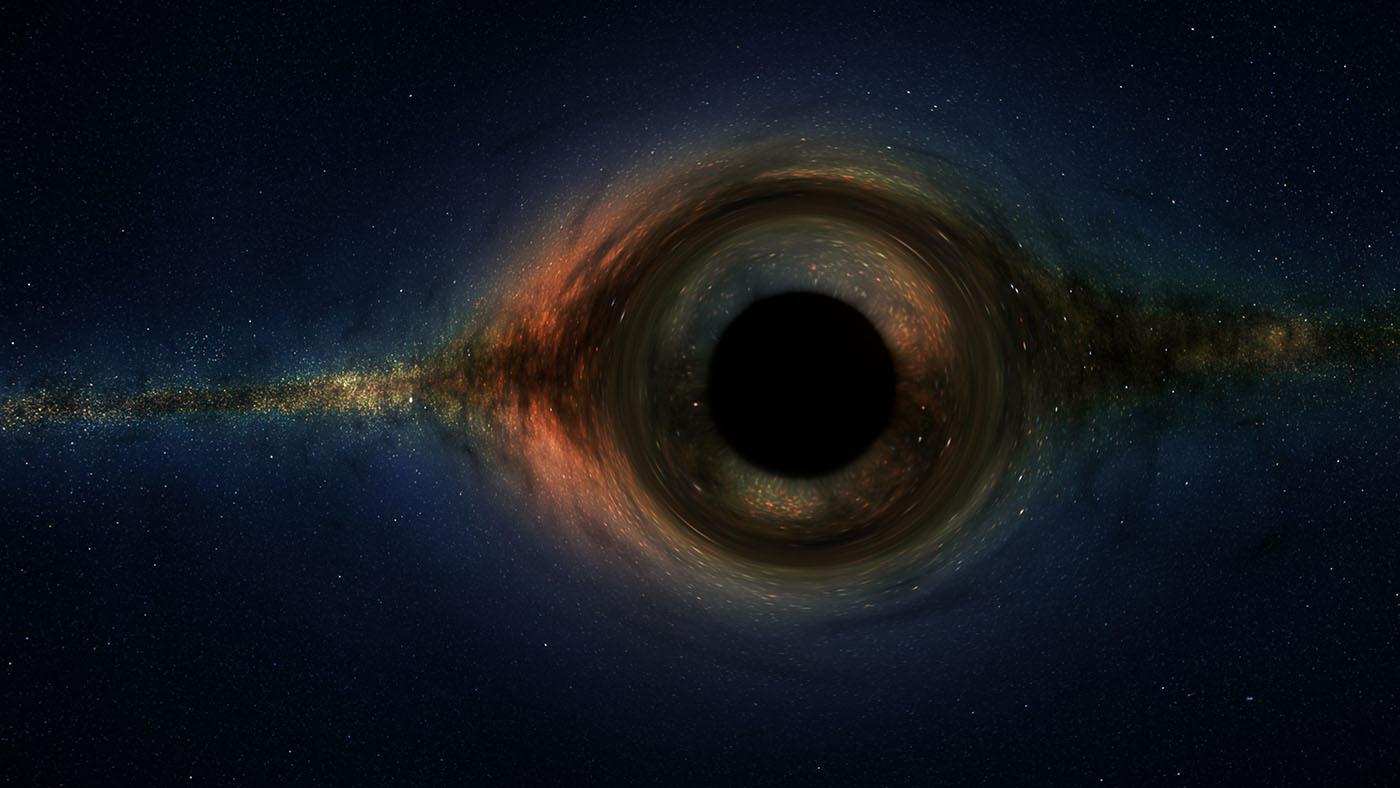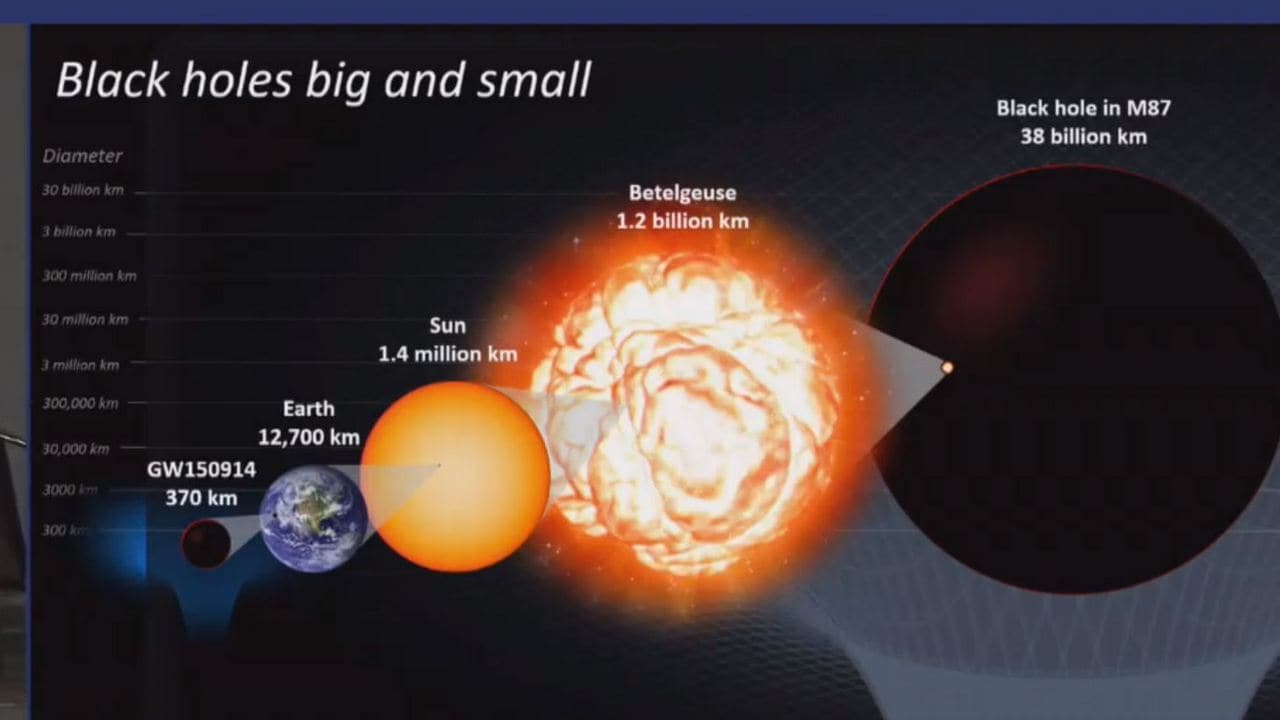

The principle in question holds that matter should be uniform when seen at a large enough scale, but the cluster is not uniform. According Horvath, this structure appeared to go against a principle of cosmology, or how the universe formed and evolved. Kornmesser)īut it's a puzzle as to just how the big structure came to be. Horvath and his colleagues found gamma-rays particularly concentrated about 10 billion light-years away in the direction of the Hercules and Corona Borealis constellations.Īn artist's depiction of a gamma-ray burst. Gamma-ray bursts are thought to be a good indication of where huge masses of stuff lie in the universe, because big stars tend to congregate in denser neighborhoods. The scientists had been studying brief cosmic phenomena known as gamma-ray bursts, which astronomers believe come from supernovas, or massive stars that explode at the end of their lifetimes. In 2013, a research team led by Istvan Horvath of the National University of Public Service in Hungary announced the Hercules-Corona Borealis Great Wall at the 7th Huntsville Gamma-Ray Burst Symposium (opens in new tab). Right now, scientists' best candidate for the biggest supercluster known in the universe is the Hercules-Corona Borealis Great Wall, although astronomers have spent almost a decade debating the structure. What is the Hercules-Corona Borealis Great Wall? In the 1980s, however, scientists realized that groups of galaxy clusters can also be connected by gravity, forming a supercluster, the largest class of objects in the universe. (The Milky Way, for example, is part of the small Local Group that comprises about two dozen galaxies, including the Andromeda Galaxy.) Astronomers once thought that these structures were the biggest things out there. Galaxies are often bound to each other gravitationally in groups that are called galaxy clusters. The biggest known galaxy, first described in a 1990 study from the journal Science (opens in new tab), is IC 1101, which stretches as wide as 4 million light-years across, according to NASA (opens in new tab). Scientists struggle to characterize the largest galaxies, because they don't really have precise boundaries, but the largest galaxies we know of are millions of light-years across.

Our own Milky Way, if considered as one object, is about 100,000 light-years across. Galaxies are collections of star systems and everything inside those systems: black holes, planets, stars, asteroids, comets, gas, dust and more. NGC 604 in the Triangulum Galaxy is commonly cited as one of the largest it's roughly 1,520 light-years across.


Nebulas, or vast clouds of gas that often condense to become new stars, also have impressively large sizes. However, even the most massive black holes aren't particularly large, since this type of structure is the densest in the universe. One of the biggest supermassive black holes ever found resides in NGC 4889 and contains 21 billion times the mass of the sun. For example, the Milky Way hosts one that is about 4 million times the mass of the sun. The researchers used Durham's DiRAC COSMA8 supercomputer to run hundreds of thousands of simulations of light travelling the same path, each time with a black hole of a different mass in the way.Even more massive objects to consider are black holes and, in particular, the supermassive black holes that typically reside in the center of a galaxy. The Hubble pictures showed light from another galaxy behind Abell 1201 was reaching Earth in a way that indicated it was bending around an extremely massive object along the way - creating a "lensing" effect in which the more distant galaxy was both magnified and seemingly multiplied around a curved edge.Īstronomers believe every large galaxy has a black hole of at least supermassive size (more than 100,000 times the mass of the Sun) at its centre. Researchers from the United Kingdom's Durham University and Germany's Max Planck Institute discovered the black hole using an innovative technique combining supercomputer simulations with high-resolution pictures taken by the Hubble Space Telescope. The rare "ultramassive" black hole sits at the centre of Abell 1201, a supergiant elliptical galaxy residing in a galaxy cluster of the same name, about 2.7 billion light-years from Earth.


 0 kommentar(er)
0 kommentar(er)
